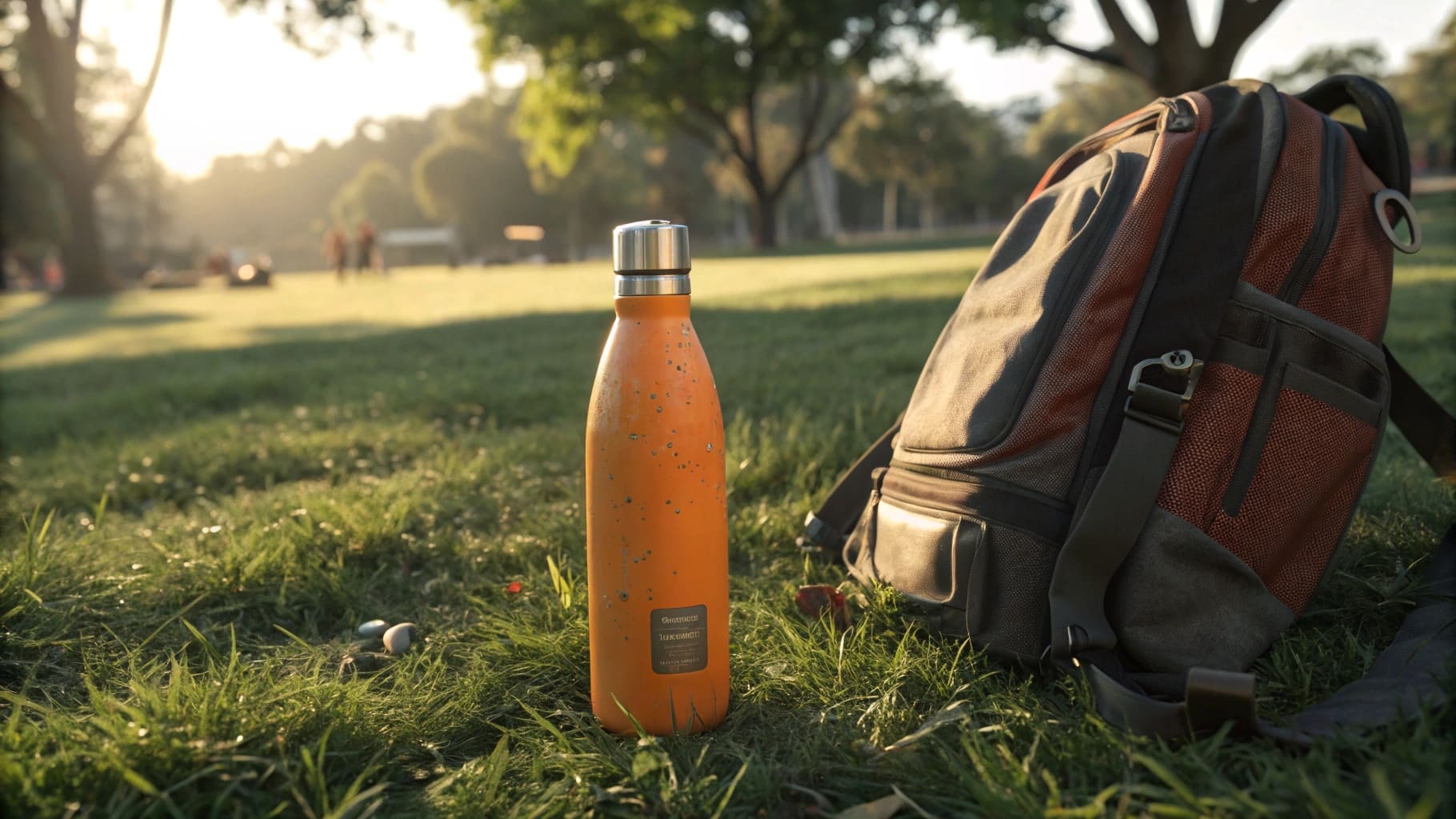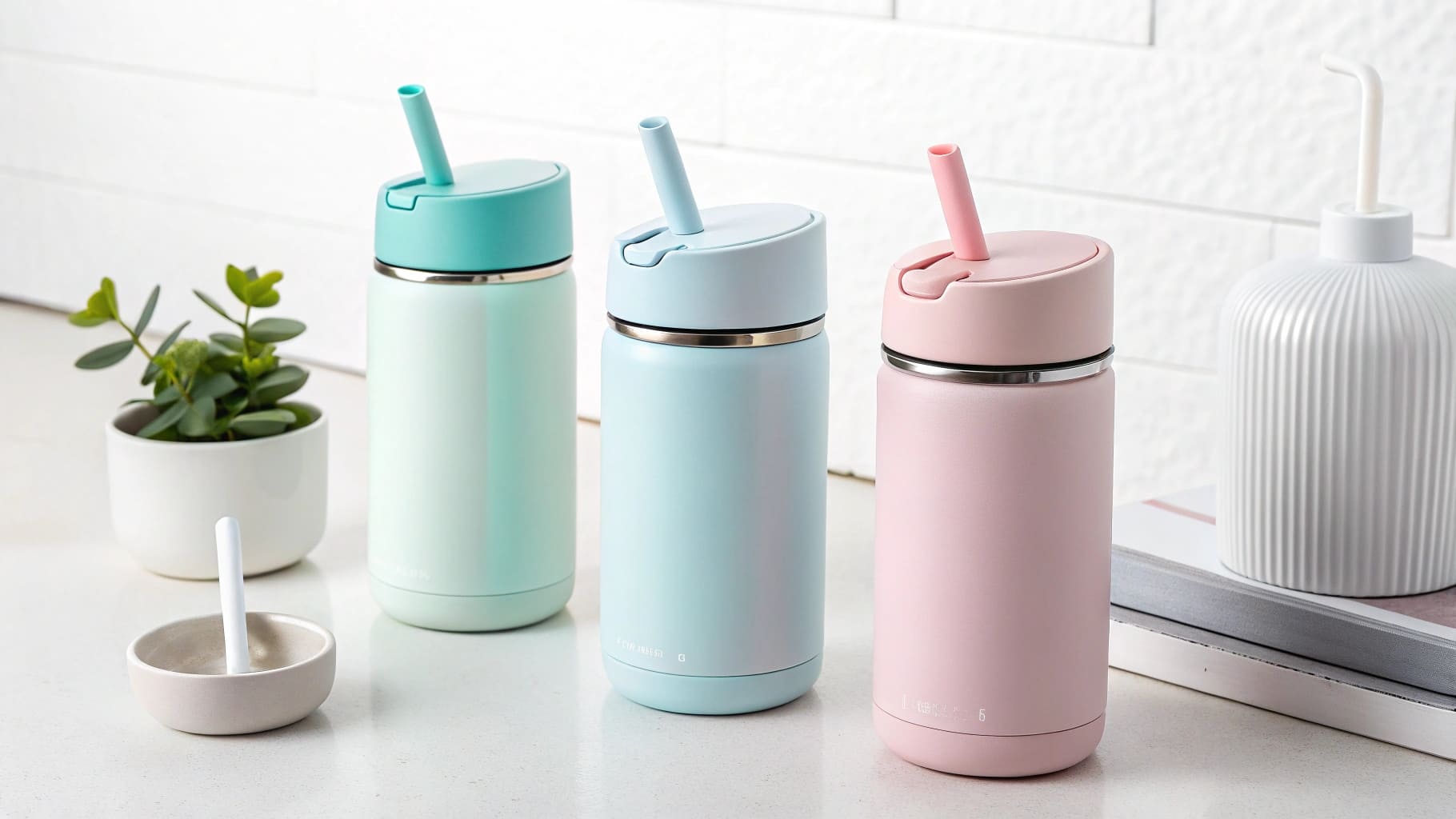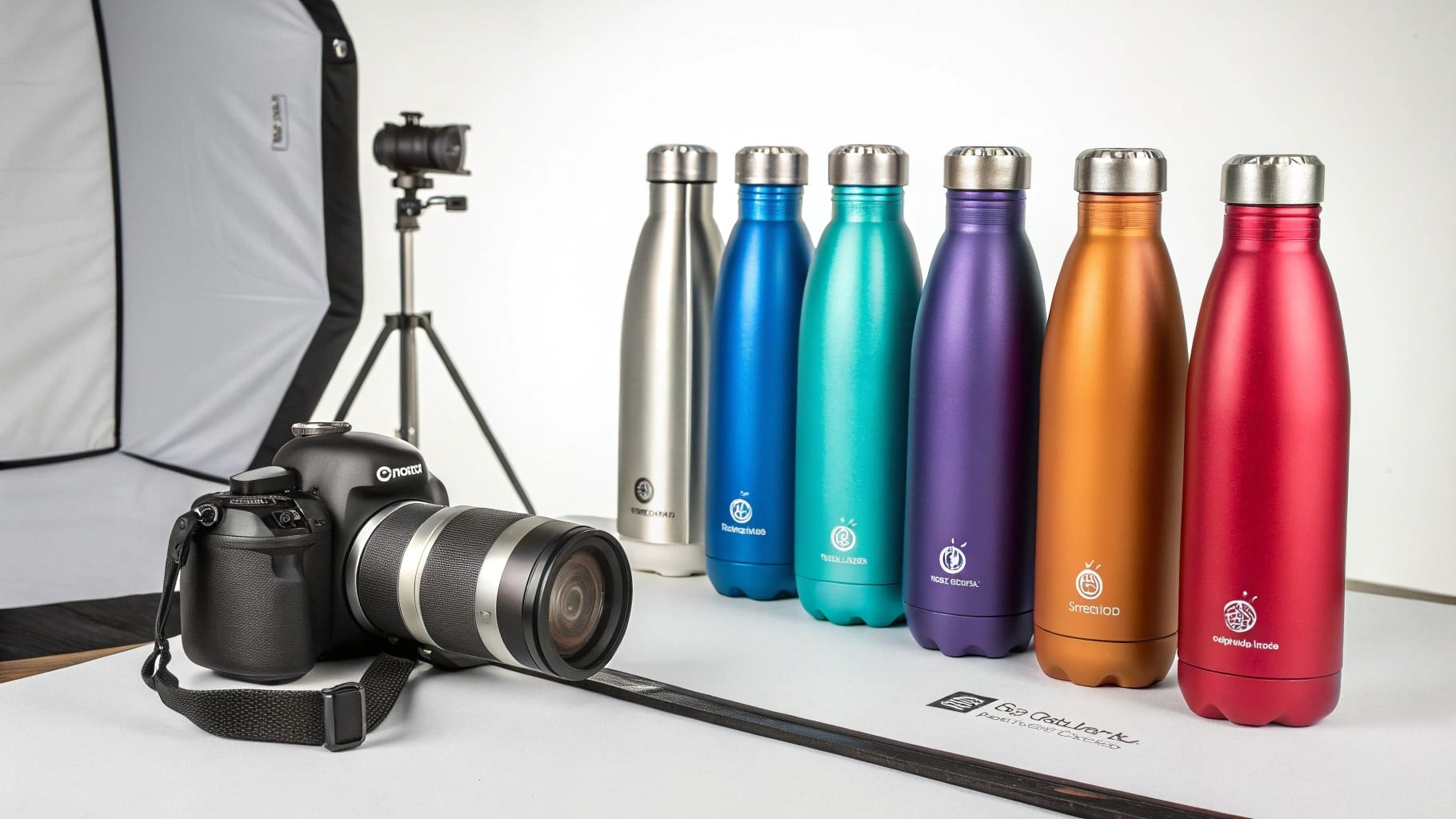Tired of your drinks losing their ideal temperature too quickly? This frustration can ruin a perfectly good coffee or a refreshing cold drink. Discover the solution for all-day temperature control.
The best insulated reusable water bottles use double-wall vacuum insulation technology, typically made from food-grade 18/8 stainless steel. This design is highly effective, keeping drinks hot for many hours and cold for even longer, often up to 24 hours.

As a B2B buyer, you're looking for products that truly deliver on their promises, ensuring customer satisfaction and repeat business. Understanding the mechanics behind these bottles is key to making an informed sourcing decision. You need reliable performance, and that’s what we’ll explore. Let's delve into what makes these bottles so effective.
Are insulated bottles good for hot drinks?
Is your morning coffee lukewarm before you've even settled into your workday? It's disappointing when that comforting warmth vanishes too soon. Insulated bottles are specifically engineered to lock in heat.
Yes, high-quality insulated bottles, especially those featuring a robust vacuum seal between double walls of stainless steel, are excellent for keeping beverages like coffee, tea, or even soup piping hot for several hours, often between 6 to 12 hours.

When I talk to procurement officers like Mark Shenng, they often ask about consistent performance, especially for hot beverages. The magic truly lies in the double-wall vacuum insulation1. Imagine two layers of stainless steel with a near-vacuum in between. This vacuum drastically reduces heat transfer by conduction and convection. So, the heat from your coffee stays inside the bottle, not escaping into the cooler air outside.
The material, typically 304 (18/8) food-grade stainless steel2, is also crucial.
Key Factors for Hot Drink Retention:
- Vacuum Integrity: The quality of the vacuum seal is paramount. A poorly sealed vacuum is almost as bad as no vacuum at all. This is a key point I always stress during quality inspections.
- Lid Design: A significant amount of heat can be lost through the lid. Look for lids with tight seals, often with silicone gaskets, and insulated designs if possible. A simple screw-on lid might be less effective than a more complex, well-sealed one.
- Pre-heating: For optimal performance, I advise users to pre-heat the bottle by filling it with hot water for a few minutes, then emptying it before adding their hot drink.
For B2B clients, this means sourcing bottles where manufacturing precision ensures that vacuum integrity3 is consistent across a large batch. We at Icobottle focus heavily on these quality control aspects.
| Feature | Benefit for Hot Drinks | B2B Implication |
|---|---|---|
| Double-wall Vacuum | Minimizes heat loss | Core performance feature |
| 304 Stainless Steel | No flavor transfer, durable, rust-proof | High-quality material perception |
| Well-sealed Lid | Prevents heat escape from the top | Enhances overall thermal efficiency |
| Manufacturing QC | Ensures consistent vacuum integrity | Reduces defect rates, ensures satisfaction |
Understanding these elements helps you select bottles that will genuinely keep those hot drinks enjoyable for your customers for hours.
Do insulated water bottles keep drinks cold?
Does your ice-cold water turn disappointingly tepid far too quickly on a warm day? You need that refreshing chill to last. Insulated bottles are your answer for prolonged coolness.
Absolutely. The same powerful double-wall vacuum insulation that works wonders for hot drinks is equally effective at preventing external warmth from seeping in. This keeps your cold beverages refreshingly chilled for extended periods, often up to 24 hours or more.

The science is straightforward: the vacuum layer acts as a barrier, significantly slowing down the heat transfer from the ambient environment to the cold liquid inside. Think of it as a fortress protecting your icy drink from the warmth of the outside world. I've personally tested bottles on hot summer days during trade shows, and the results are consistently impressive. A bottle filled with ice water in the morning still has ice by the end of the day.
For B2B buyers, especially those whose customers are active or live in warmer climates, this is a major selling point.
Factors Maximizing Cold Retention:
- Initial Temperature: The colder the drink is to begin with, the longer it will stay cold. Adding ice significantly helps.
- Lid Seal: Just as with hot drinks, a tight-fitting lid is crucial to prevent cold loss and condensation.
- Amount of Liquid: A fuller bottle will generally maintain its temperature longer than a half-empty one due to thermal mass.
- Avoid Direct Sunlight: While insulated, prolonged exposure to direct, intense sunlight can eventually warm the exterior and, over a very long time, slightly affect the contents.
Consider the diverse applications for your clients:
- Sports and Outdoors: Athletes and adventurers need hydration that stays cold.
- Office Use: A refreshing cold drink throughout the workday.
- Travel: Keeping drinks cold on long journeys.
When we at Icobottle develop new designs, we always consider these practical uses. For instance, wide-mouth openings make it easier to add ice cubes, enhancing the cold retention experience. This is a detail that procurement officers who understand end-user needs, like Mark, appreciate. Providing a product that performs exceptionally well in keeping drinks cold can significantly boost brand loyalty for your clients.
What material keeps drinks warm the longest?
Are you unsure which bottle material offers the best thermal performance for your customers? Investing in the wrong type can lead to disappointment. Understand the champion material for lasting warmth.
Stainless steel, specifically food-grade 18/8 (or 304) stainless steel used in a double-wall vacuum-insulated construction, is unequivocally the superior material for maintaining warmth in beverages for the longest duration. Its insulation properties and durability are unmatched.

It’s not just about the stainless steel itself, though that plays a vital role. The real hero is the vacuum insulation technology4 that this construction enables. Let me break it down further. While other materials like glass can be double-walled, or plastics can have foam insulation, they don't typically achieve the same level of thermal efficiency or durability as a stainless steel vacuum flask.
Why Stainless Steel with Vacuum Insulation Excels:
- Excellent Insulation: The vacuum between the two stainless steel walls is the key. A vacuum is an area devoid of matter, including air, so it drastically reduces heat transfer by conduction (direct contact) and convection (air currents). Heat struggles to pass through this vacuum barrier.
- Low Emissivity: Stainless steel, especially when polished on the inner walls facing the vacuum, has low emissivity. This means it doesn't radiate heat very well. So, the heat from your hot drink is reflected inwards rather than being radiated out.
- Durability: 304 stainless steel is tough. It resists dents, breaks, and rust, ensuring the integrity of the vacuum seal over time. Glass can break, and plastic can degrade or retain odors.
- Non-reactive: Food-grade stainless steel doesn't react with beverages, so there's no metallic taste or leaching of chemicals. This is a critical point for quality-conscious buyers.
When I discuss this with B2B clients, I emphasize that the manufacturing quality is paramount. A poorly constructed vacuum flask, even if made of stainless steel, won't perform well. The seals must be perfect to maintain the vacuum over the product's lifespan. This is where rigorous quality control in our factory in China becomes so important. We ensure that the vacuum is properly drawn and sealed.
| Material Comparison | Thermal Retention (Hot) | Durability | Flavor Neutrality |
|---|---|---|---|
| SS Vacuum Insulated | Excellent | Excellent | Excellent |
| Double-wall Glass | Good | Fair | Excellent |
| Insulated Plastic | Fair | Good | Fair to Good |
| Single-wall SS/Aluminium | Poor | Good | Good |
For a procurement officer like Mark, who is sensitive to quality, understanding that "stainless steel insulated bottle" means "double-wall stainless steel with a high-quality vacuum" is key. It's this combination that delivers the premium performance that justifies the investment and supports a premium rebranding strategy.
Conclusion
Ultimately, stainless steel bottles with double-wall vacuum insulation are the top choice for hot or cold drinks. They offer superior performance and value, ideal for B2B wholesale.
-
Explore this link to understand the science behind double-wall vacuum insulation and its benefits for keeping drinks hot. ↩
-
Learn why 304 stainless steel is preferred for insulated bottles and how it affects drink quality and safety. ↩
-
Discover the significance of vacuum integrity in maintaining the temperature of your beverages and ensuring product quality. ↩
-
Explore this link to understand how vacuum insulation technology enhances thermal performance, ensuring your drinks stay warm longer. ↩

